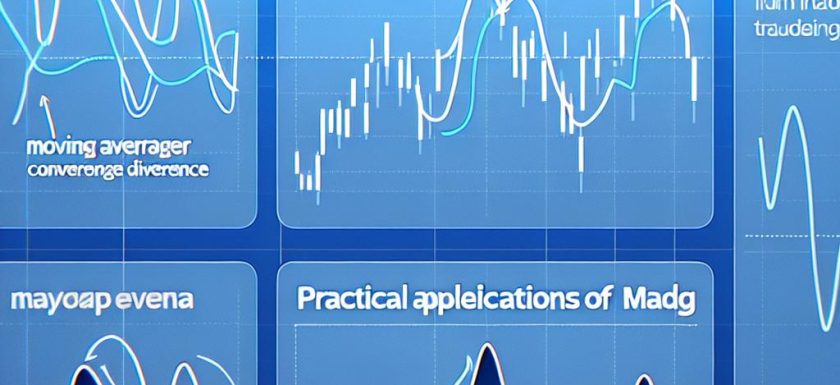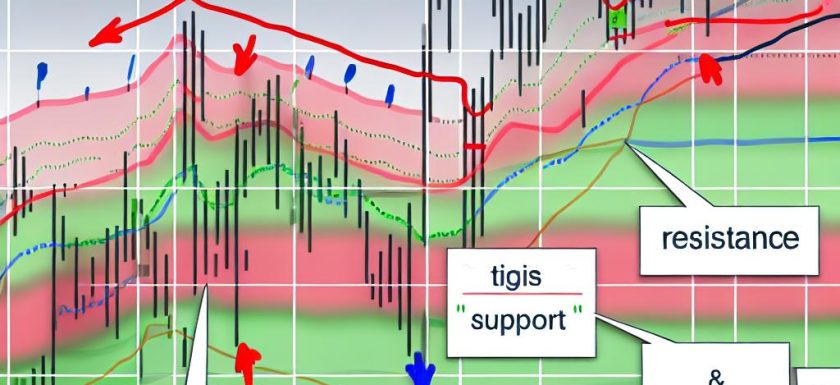
MACD (Moving Average Convergence Divergence) for Index Trading
Understanding MACD in Index Trading The Moving Average Convergence Divergence (MACD) is a prominent technical indicator extensively utilized by traders and analysts across various financial markets, including index trading. Originating in the late 1970s, courtesy of its developer Gerald Appel, MACD aids in identifying changes in the strength, direction, momentum, and duration of a trend observed in a stock’s price. Through understanding and applying MACD, traders can potentially gain insights into market behaviors and better navigate the complexities of index trading. Components of MACD A comprehensive grasp of MACD necessitates an understanding of its foundational components, each contributing distinctively to its functionality. These components encapsulate:Read More →







